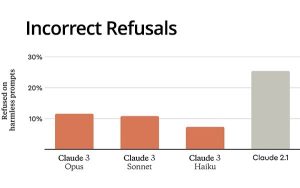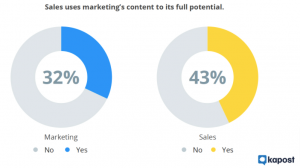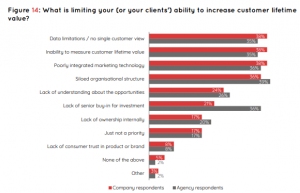I have seen many E-Commerce websites struggle with the many aspects of running a successful online business.
Most have had humble beginnings offering their products through social media or sending relatively effective email marketing campaigns.
Many just open their online store on Shopify and develop a loyal customer base.
However, all of them have had the same problem: After a short while, they reach a growth cap and increasingly require more tools to keep things going.
This is especially true when you consider the delicate balance between Customer Acquisition Costs and business income. The farther you try to reach, the more tools and specialists you need for that.
The first thing I recommend my clients is to invest in mail automation as soon as they can. It saves a TON of time, and they allow for great customization, making it extremely easy to send out newsletters, product offers or just keep in touch with customers. Many don´t know it, but Email is still hugely effective today.
If everything goes well, and sales go up, businesses soon need to increase their sales force, and accounting is a full-time job now.
Here is where getting an efficient CRM becomes imperative. No matter how well I design a content strategy if content starts going out late, or to the wrong departments, and delays in product and offer updates become common, you will start losing opportunities and customers.
A good CRM allows your team to quickly share data and insights, granularly track purchase behavior, generate relevant reporting tools, and a lot more nifty things a business should never go without. I also harvest a ton of information from meeting notes and the sales team. Having constant access to their interactions with customers and providers does wonders every time I need to design or repurpose my content strategy.
Good and engaging content, paired with an efficient marketing strategy, is the best way to reach new audiences and consolidate a loyal customer base.
However, this is often the point where business owners realize that they cannot strike a balance anymore. They either grow or watch their company die.
What I mean by this is that customer acquisition costs get very high very quickly, and you need to hire more people to drive them down, putting even more pressure on costs again.
When they realize this, most companies start shuffling things around and hiring management specialists to try to make processes more efficient. However, the amount of red tape required to get anything done can make your company drag its feet or grind it to a halt, even if it is still marginally profitable.
I later discovered that the problem was excessive departmentalization. As we grew, the sales department started focusing only on the things they deemed necessary. The same happened to customer service, accounting, and even devs. I was relegated to content creation and everyone was focused on their tiny little domain, oblivious to what others were doing.
How did we dig ourselves out of the ditch?
I realized we had been using E-Commerce solutions that offered limited or extremely focused integration. Shopify has very nifty tools that take care of many aspects of your business, while Magento gives a ton of customization options. And both of them allow you tightly manage thousands of customers performing transactions through your many channels.
These tools are great, don’t get me wrong. However, they still left a lot of things out in my view.
So, I wanted to see if anyone was offering TOTAL integration for E-Commerces, in a way that every vital part of our business was seamlessly automated and organized. Back in 2018, at the Traffic and Conversion Summit, we talked to several companies who seemed to have ventured into this concept. That´s where we met Ross Andrew Paquette, the founder of a then-small company called Maropost.
I was amazed at how much they had advanced into E-Commerce integration software solutions, so I brought them in. After a few weeks, I learned how disconnected every one of our tools really was. And we were leaving so much money on the table it was crazy.
For example, we were so focused on sales, we dropped the ball on our email subscription lists since that data was extremely departmentalized. So, Ross helped me automate our subscribers list cleanup process, so we had a clearer idea of the impact each one of our campaigns was having. Having tons of unengaged subscribers really skewed off the data in email campaigns, and cleaning them up was a real pain.
We also learned how to create an amazing unsubscribe page and process that made our customers realize there is still a lot of value for them to squeeze out of their deals with us. We stopped a major bleeding we didn’t even know we had.
One other thing I learned from Paquette and his team was to create extremely efficient re-targeting campaigns. Through his integration strategy, we tracked a lot of unsubscribes and started sending them special offer emails and discounts. Since they had already left, we could afford to be really aggressive. So we threw everything but the kitchen sink at them, then started tracking how many of those made a purchase after those emails, and it was very satisfying to see many come back for more. They went from being dead cold leads to returning customers with a simple email campaign thanks to this new way of centralizing data.
After this experience, I understood the delicate balance between customer acquisition costs and income. With a more organic integration, we were able to place a lot more emphasis on our customer’s lifetime value, and drastically reduce the amount of red tape.
I still use E-Commerce platforms, but I dream that one day we will see a truly integrated platform for online businesses and not just a bunch of tools that force companies to create an ever-growing bureaucracy.
Digital & Social Articles on Business 2 Community
(57)









